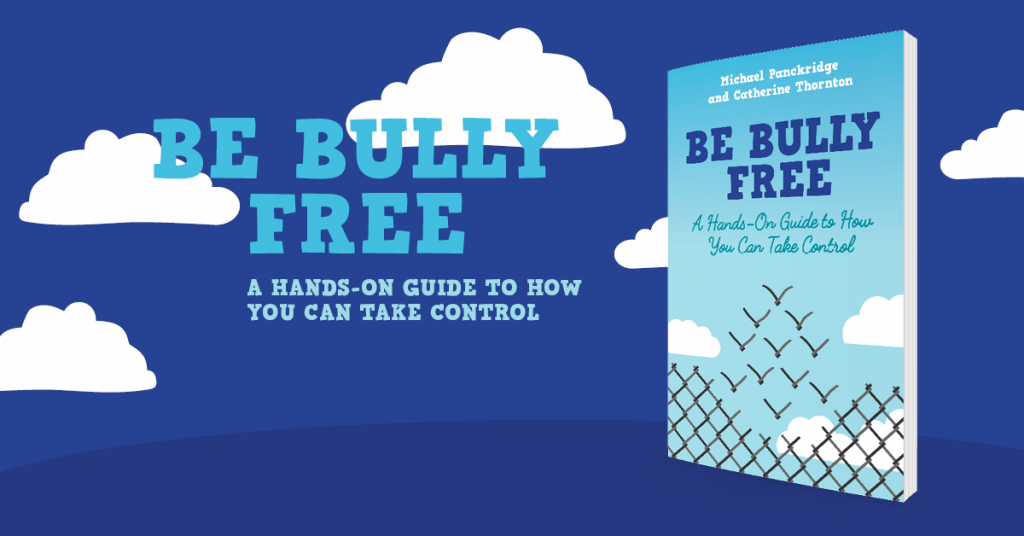 Michael Panckridge, co-author of Be Bully Free, takes a look at the different forms that bullying can take and suggests strategies that victims of bullying can adopt to overcome the problem.
Michael Panckridge, co-author of Be Bully Free, takes a look at the different forms that bullying can take and suggests strategies that victims of bullying can adopt to overcome the problem.
Bullying is about power and the perceived need to gain dominance over another person either physically, intellectually, socially or emotionally. Research into the effect of bullying behaviour indicates that not only does it produce negative short-term psychological problems, but can also affect a person well into their adult life and even lay the foundations for significant and ongoing emotional health problems. Sometimes the bullying is overt and immediate. However, in many cases, the bullying is low-key and ‘hidden’, and the recipient may not be aware of it immediately. Initially the recipient may think it is their own behaviour that is causing the bullying – that there is something wrong with them or what they do. When this happens, the recipient of the bullying tends to avoid being with other people and they use strategies to escape. This may include avoiding school, which can signal the start of school refusal.
In addition to direct and ‘hidden’ bullying, cyberbullying is also becoming more frequent. Cyberbullying occurs via technology and can include:
- abusive texts and emails
- hurtful messages, images or videos
- imitating others online
- excluding others online
- humiliating others online
- nasty online gossip and chat
A significant concern regarding cyberbullying is that it can be 24/7, can reach into an individual’s home and can be directed at a large audience. Also, it is often done in secret with the bully hiding who they are by creating false profiles or names, or sending anonymous messages.
Most schools rely on their bullying policy to prevent bullying and have a process to follow with regard to bullying behaviour, but sometimes students themselves need to manage the situation and assert their needs.
Written in a young adult fiction style, the aim of Be Bully Free is to help young people aged 11 and over to understand bullying behaviour and suggests various ways to take back control. The publication is a direct effort to address what the authors consider a missing link in anti-bullying programs. The book depicts 24 real life scenarios, each followed by various ways that recipients of bullying can gain control of what is happening to them. Some of the strategies include:
- Avoiding the bully
- Using humour to deflect
- In regard to cyber bullying, blocking the sender or reporting them to the site administrator
- Behaving confidently
- Not standing by and watching the bullying behaviour – stepping in to stop it
- Attempting ‘fogging’ or superficially agreeing with what the bully is saying
Be Bully Free clearly acknowledges that taking control of bullying situations can be difficult and may not always result in a happy ending, however the book strongly encourages the bullying recipient to play an active part in the outcome of the situation and to develop the skills they will need to become empowered in overcoming the situation.
If you would like to read more articles like Michael’s and hear the latest news and offers on our Pastoral Care books, why not join our mailing list? We can send information by email or post as you prefer. You may also be interested in liking our Special Educational, PSHE and Early Years Resources Facebook page.